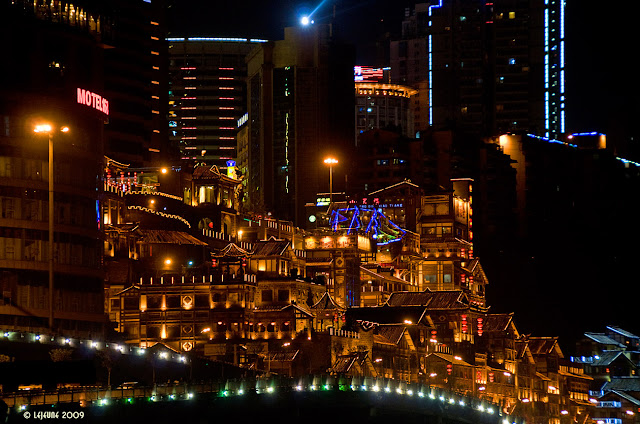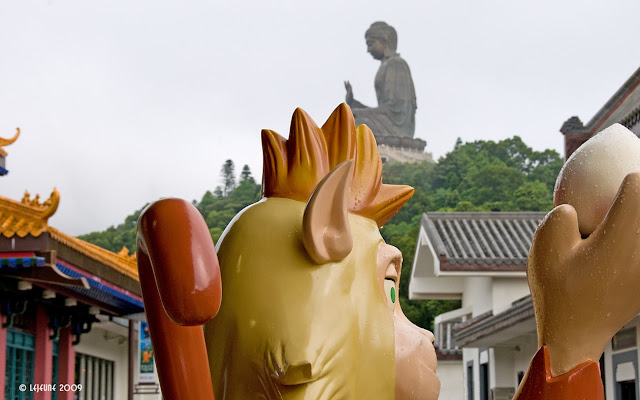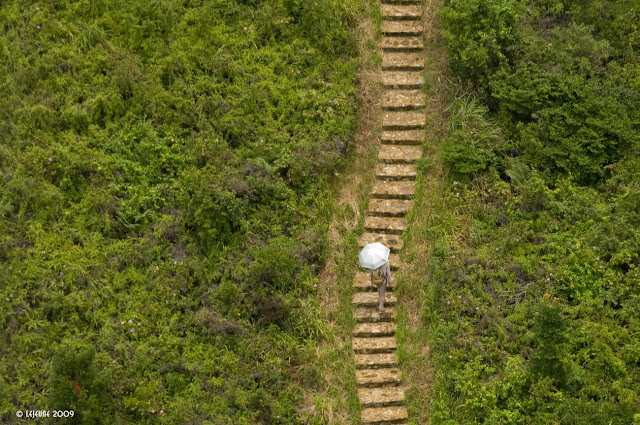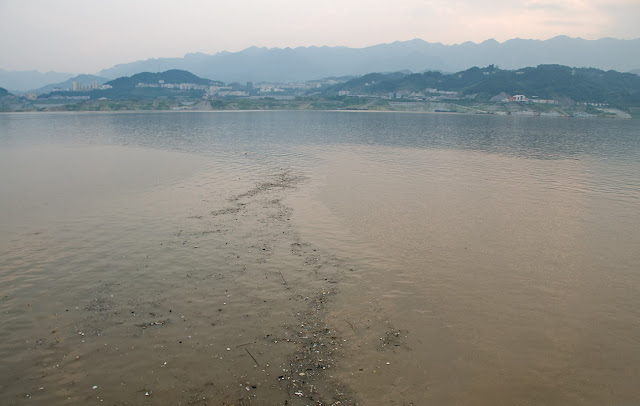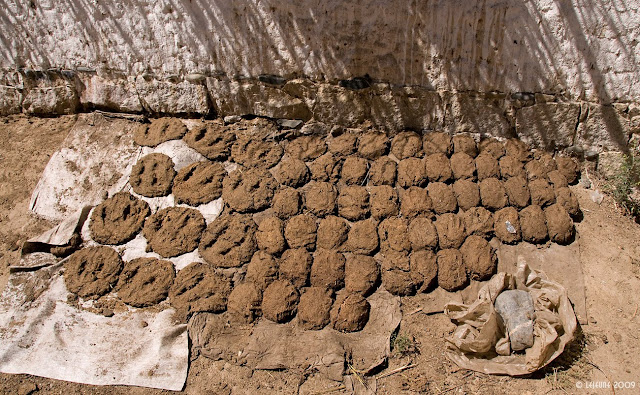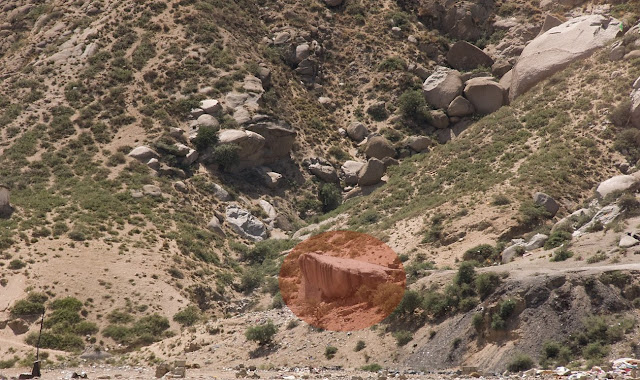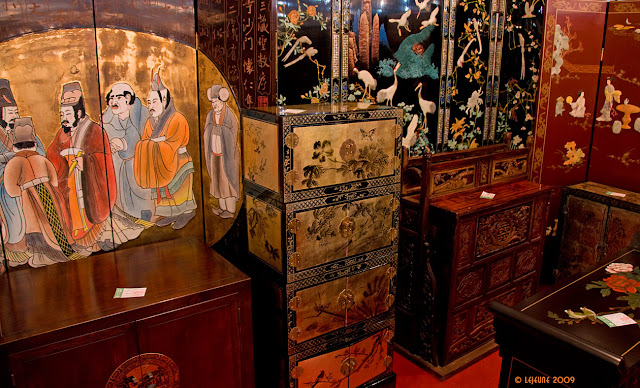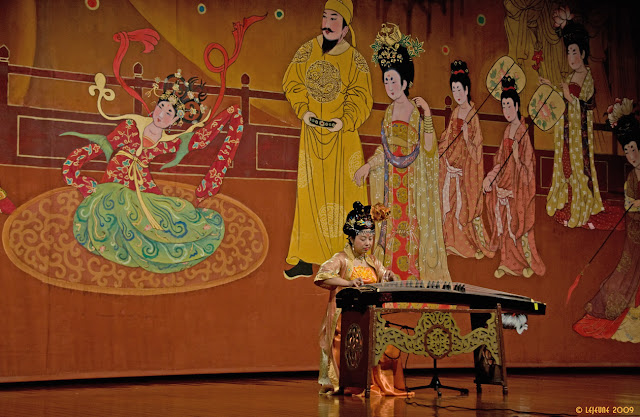July 21: Cruising down the Yangtze
Yesterday we flew from Lhasa to Chonqing to board the ship on which we will spend the next three nights and two days cruising down the Yangtze. It was then that I found out there will be a complete eclipse of the sun tomorrow. I was disappointed that our tour company did not mention this event in their correspondence with us or their tour literature. Not knowing this before leaving the United States I made no preparations to take pictures of it. I went to the ship’s cruise director to ask if the ship will sell suitable dark glass or exposed film to look at the eclipse. He informed me that that ship management was unwilling to provide any such material for fear of liability. I rationalized that photographing what happens on the ground during the eclipse might be more interesting than looking directly at the eclipse. But I was not happy about this turn of events.
Today I wake up early and I go on deck with my camera. I discover that Yangtze is quite scenic, especially at dawn.
Displaced villagers
In the morning we are taken by bus to visit one family relocated when their village was flooded as a result of the Three Gorges Damn Project. This happens to be a family which has made a new and quite successful life for itself. They own a nice apartment upstairs and have their own little convenience store below. Seeing one relatively successful family is of course almost useless data, but this particular village seems prosperous. The amount that each family has received from the government depended on their prior situation: the more land they owned and the larger the family, the more they got. These are also the families that were relocated early on. They have fared better than the more recently displaced families since the compensation amounts have not kept up with inflation in the price of new apartments.
It is evident as we walk through the village that the women take care of the stores (and the children) while the men are out farming or working in the factories. The atmosphere is one of modest prosperity and contentment. The people are, as usual, quite friendly. We are just the last of many tour buses that must stopped here before. I take a few pictures before we get back on the bus.

 Encounter with Dr. Liu
Encounter with Dr. Liu
In the afternoon the ship’s physician, Dr. Liu, gives a presentation on Chinese medicine that I attend. He ask for a volunteer and gets one willing subject who has upper back and neck pain very similar to the kind I get. My educated guess is that this is just the the sort of medical problem that a good massage and perhaps acupuncture can ameliorate. The volunteer is treated first to cupping, then acupuncture on his neck and back, followed by scrapping of an ointment on his back with a smooth piece of cow’s horn. The treatment is finished off with a fifteen minute back massage. At the end of the forty-five minute treatment the volunteer moves his neck left and right and claims to feel much better. He looks like a happy man. It is of course impossible to tell which, if any part of the treatment, has resulted in this felt improvement. At that moment I decide that I would like to experience this also in order to judge for myself. On the spot I make an appointment with Dr. Liu for later this evening.
After dinner I meet Dr. Liu in his small shipboard office. I tell him of my neck and upper back problem. After some polite chit chat he asks two questions in poor English: Where does it hurt? How long has it been hurting? He pokes around my neck and my back for about five minutes then sterilized the first acupuncture needle. He puts three needles in my upper back and one in he left side of my neck. Then he attaches wires to the four needles and connects these to a battery powered electrical devices that sends a pulsating currents to the four embedded needles. He positions a heat lamp and directs it toward my upper back and proceeds to read his newspaper for the next twenty minutes. We talk in short sentences while he removes the needles and applies a turpentine and camphor based ointment to my backs and proceeds to scrape away for about ten minutes. Then he massages my back and neck for twenty minutes. When all is done an hour later I can turn my neck left and right in a way that I have not been able to do for months. I thank him and we make an appointment for a second session tomorrow.
 Chongquing Harbor at night
Chongquing Harbor at night
When I return from my treatment by Dr. Liu, Jen and I go upper deck to watch the boat traffic and the lights in the Chongqing harbor where we are anchored for the night.
